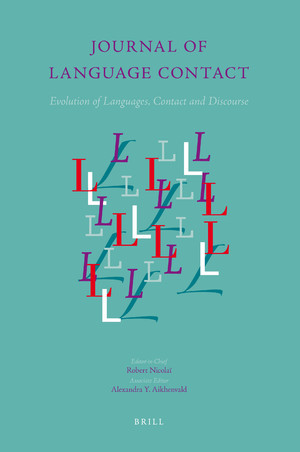Abstract
This article investigates four areas where the influence of Aramaic on the Neo- and Late Babylonian dialects of Akkadian can be detected (8th-3rd centuries BC): the pronominal system, the verbal prefixes, the precative (i.e., jussive) conjugation, and cognate loanwords. In each case Babylonian appears to have replaced native forms with Aramaic equivalents that bore a close morphological, but not necessarily functional similarity to them. Aramaic and Babylonian both belonged to the Semitic family and were in intimate contact for centuries, being spoken and written side by side in the same society. While the changes that occurred in Babylonian can in each instance be analyzed as individual cases of interference and contamination, I propose to view them together as evidence that the close genetic relation between the two languages triggered a process that induced speakers of Babylonian to adopt Aramaic forms in specific cases where morphological similarity between the two languages was the strongest. These changes were highly selective, however, and do not provide evidence for a massive influx of Aramaic on Neo- and Late Babylonian, as has often been argued in the past.
Publication Type
- Article



